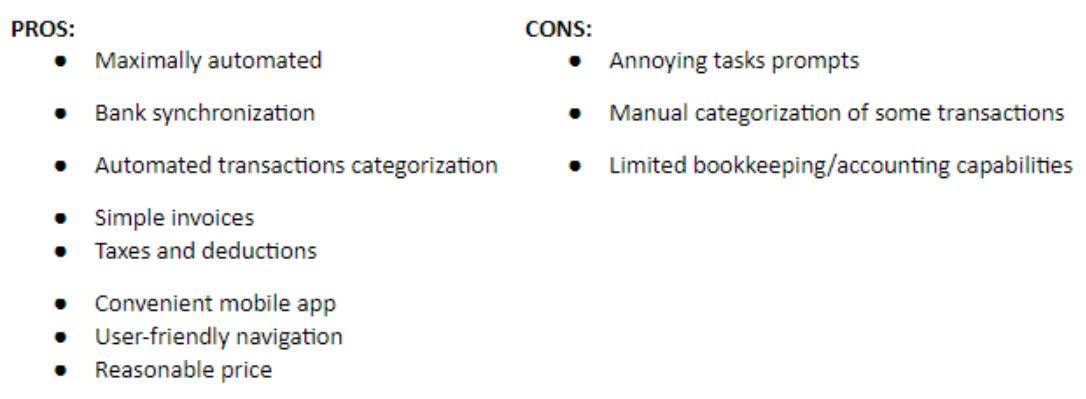
Zeni is a modern finance firm that combines artificial intelligence and machine learning technology with human expertise to provide accounting, tax, CFO, and bookkeeping services for startups. Our team of seasoned finance professionals can work with your business to develop a GAAP-compliant double-entry bookkeeping system that is tailored to your needs. We can help set up your accounting software, build your chart of accounts, and stay on top of your daily record keeping with AI-powered processes that are 10x faster than manual bookkeeping. With single-entry bookkeeping, you record each transaction once in your accounting log. You record the base essentials—date, description, and amount of each transaction—and keep a running total of your balance. The transaction amount will either be a positive value (reflecting income) or a negative value (reflecting expenses).
Double-entry bookkeeping is an important concept that drives every accounting transaction in a company’s financial reporting. Business owners must understand this concept to manage their accounting process and to analyze financial results. Use this guide to learn about the double-entry bookkeeping system and how to post accounting transactions correctly. The primary disadvantage of the double-entry accounting system is that it is more complex.
As we mentioned, single-entry bookkeeping is unique because there is only one side to the transaction. Since you are taking the revenues and expenses against a single source, this is what is referred to as single-entry bookkeeping. https://www.bookstime.com/ These include single-entry bookkeeping, double-entry bookkeeping, computerized bookkeeping systems, and virtual bookkeepers. This single-entry bookkeeping is a simple way of showing the flow of one account.
Keep in mind that every account, whether it’s an asset, liability, or equity, will have both debit and credit entries. To account for the credit purchase, entries must be made in their respective accounting ledgers. Because single vs double entry bookkeeping the business has accumulated more assets, a debit to the asset account for the cost of the purchase ($250,000) will be made. To account for the credit purchase, a credit entry of $250,000 will be made to accounts payable.
For other types of businesses, the double-entry method may make more sense. Single-entry bookkeeping is an accounting system used to keep track of a business’s finances. There is only one entry made per business transaction; most entries record incoming or outgoing funds. Transactions are recorded in a “cash book”—a journal with columns that organize transaction details like date, description, and whether it’s an expense or income. Double-entry bookkeeping is an accounting method where each transaction is recorded in 2 or more accounts using debits and credits.

It’s also possible to expand the above simple cash book into a more detailed record keeping. The below example breaks down different types of expenses, which makes it easier to track spending by category. After you’ve made sure your entries match what’s on your bank statement, you’ll want to make a separate document to account for transactions outside the scope of the existing cash balance and book. In the chart below, there’s an unprecedented check for $300 (this is a check that hasn’t yet cleared) and $50 cash that hasn’t been deposited yet.

For example, if a business owner takes out a loan, this is recorded as income in the single-entry system. This transaction would also be recorded as a credit to Loan payable (which is a liability) and a debit to Cash in a double-entry system, so you’d better understand your cumulative bank debt. Single-entry bookkeeping has one entry per transaction, while double-entry bookkeeping has two entries per transaction—a debit and a credit.
Thus, it means that even the assets will be equal to the sum of liabilities and equities. If the amount is equal, then it represents that there are fewer chances of errors and fraud in such a statement. However, understanding the needs of such entrepreneurs and to clear the confusion, we have summed up this article.
For businesses using single-entry, you record income and expenses once, hence the name. Basically, double-entry provides a 360 degree view of a business’s financial transactions, making financial reporting smoother and operations more transparent. Business owners who have previously operated on a single-entry system will want to make the switch to a double-entry system as soon as possible. Implementing a double-entry system of accounting will allow you to put your financial statements to better use so that you can measure your financial health and spot errors quickly. In this example, the company would debit $30,000 for the machine, credit $5,000 in the cash account, and credit $25,000 in a bank loan accounts payable account. The total debit balance of $30,000 matches the total credit balance of $30,000.
Any startup that is considering funding rounds in the future should implement double-entry bookkeeping as soon as possible. Investors will want access to a complete set of financial statements built off professional bookkeeping, and you’ll need to build your pitch deck off of solid financial projections. Some businesses, including publicly owned companies, are legally obligated to followGAAP principles. Private companies that use accrual bookkeeping also have to apply double-entry bookkeeping. If the two sides of this equation are out of balance, this is a good sign there’s an error in the books.